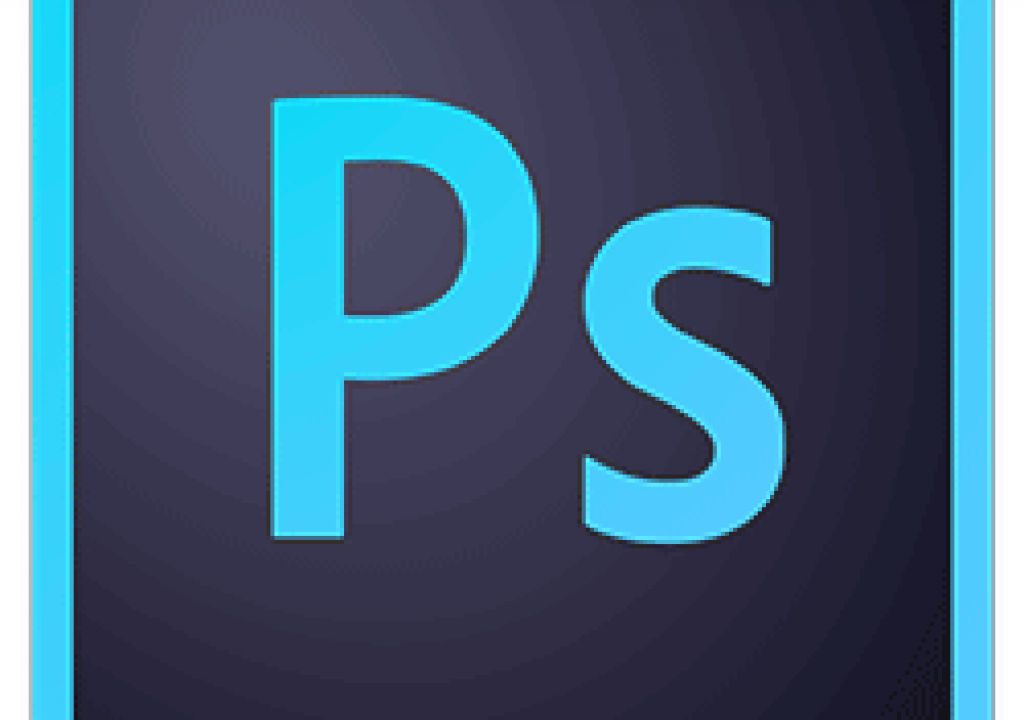There's a nice update to Photoshop CC now available as part of Creative Cloud for Designers (see resource summary), with new features also for Illustrator and InDesign. Photoshop users experienced several hiccups in 3D in the last several years (and loss of AE integration), but since this update includes revisions to 3D features, especially for 3D printing, it might be a time to look at these features again.
![]()
Product Manager Stephen Nielson shares his overview:
Photoshop CC (2014.1) is an August update with 3D printing features and enhancements that expand support for workflo and new 3D printers and 3D print services. For details, see New 3D printing features and enhancements in Photoshop CC at Adobe and Photoshop Help / New features summary (2014 & 2014.1).
Some background on 3D printing seems requisite, so here's video from Creator's Project 3D printing videos should fill out the background.
[Later] 3D Printing is Revolutionizing Special Effects by Legacy Effects looks at how 3D printing has changed the world of special effects:
There must also be some physical graffiti out there somewhere, since it was featured in Adobe Inspire and in various 3D installations and designs showcased in Urban Calligraphy and Beyond. One example is from Graffiti Analysis: Evan Roth’s 3D Printed Study on the Motion of Graffiti from SolidSmack. Graffiti Analysis and the Graffiti Markup Language are not new (AEP archive), and were also featured on the Shapeways blog in Graffiti Analysis: 3D Printed Tags.
For a nice overview, see The State of 3D Printing and Scanning After CES 2014: The Push For Mainstreaming Begins, from the experts at Make.
These are the main 3D imaging enhancements in Photoshop CC | January 2014:
- You can now share 3D layers using Sketchfab, a Web service to publish and display interactive 3D models. In Photoshop, select 3D > Share 3D Layer On Sketchfab.
- You can now regenerate UV maps for objects and materials in the selected 3D layer. This option is particularly useful for reparameterizing 3D objects downloaded from the Internet. In Photoshop, select 3D > Regenerate UVs.
- You can now easily group all objects in a scene. In Photoshop, select 3D > Group All Objects In Scene.
- You can now apply a cross section to a 3D model. For details, see this FAQ.
- The 3D menu now features a handy option to unify all elements of a 3D scene and make the scene watertight. Select 3D > Unify Scene For 3D Printing.
- The 3D engine in Photoshop CC will need a minimum of 512MB of VRAM on the graphics card, which must also be “dedicated.”
-
Photoshop currently supports these 3D printers: 3D Systems Cube, MakerBot, Replicator 2, MakerBot Replicator 2x, ZCorp Full Color. Additionally, Photoshop supports several Shapeways.com profiles.
-
Support was later added for Mcor IRIS, which prints on normal paper at full color.
There's no word yet on supported for 3D food printing! According to The Verge, “3D Systems' ChefJet and ChefJet Pro are billed as the 'world's first and only professional-certified, kitchen-ready 3D food printers'… planned for release in the second half of this year.”
Here's a few other sources offer more detail:
- Help says that Photoshop CC “automatically makes 3D models watertight. Photoshop also generates the necessary support structures—scaffolding and rafts—to ensure that your 3D prints are successful.” For details, see Print 3D objects.
- This tech may be related to research done in association with Purdue, Stress Relief: Improving Structural Strength of 3D Printable Objects. The research also includes auto-thicken and auto-hollow 3D parts, so those features may be come sometime.
- See the CNET review by Lori Grunin, Adobe brings 3D printing to Photoshop CC.
- On Photoshop.com, see Photoshop CC Gets Physical: 3D Printing in Just One Click.
- The best detail on the new features is the text and illustrations in Photoshop CC 14.2 Update – 3D Printing on Richard Curtis's Blog On Photography and Imaging Solutions at Adobe.
- The Photoshop 3D Printing Introduction videos by Daniel Presedo show the details in action. The videos include Photoshop 3D SketchFab (upload your 3D work to SketchFab and share on Behance), Photoshop 3D Generate UVs, Photoshop 3D Printing 01 Introduction (below), Photoshop 3D Printing 02, and Photoshop to Shapeways (below).
getting low GPU memory warnings in @AdobeAE or other apps? disable GPU in chrome. type in address bar chrome://flags pic.twitter.com/eqzDa2nDv1
— danny princz (@rendernyc) January 15, 2014


